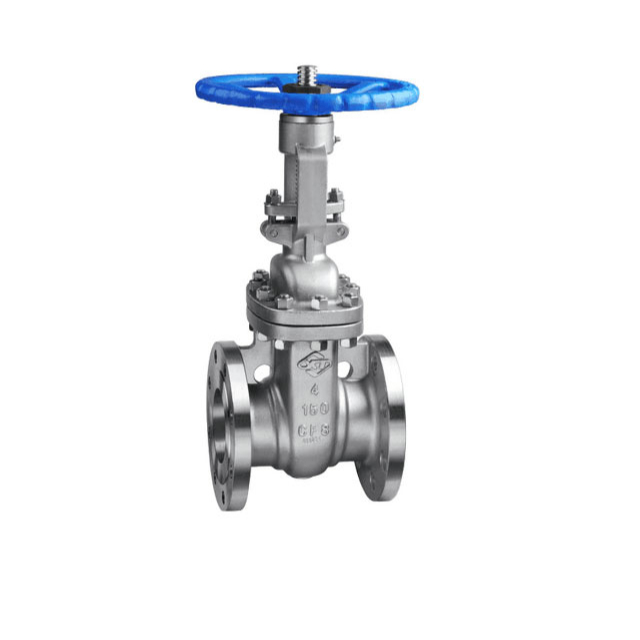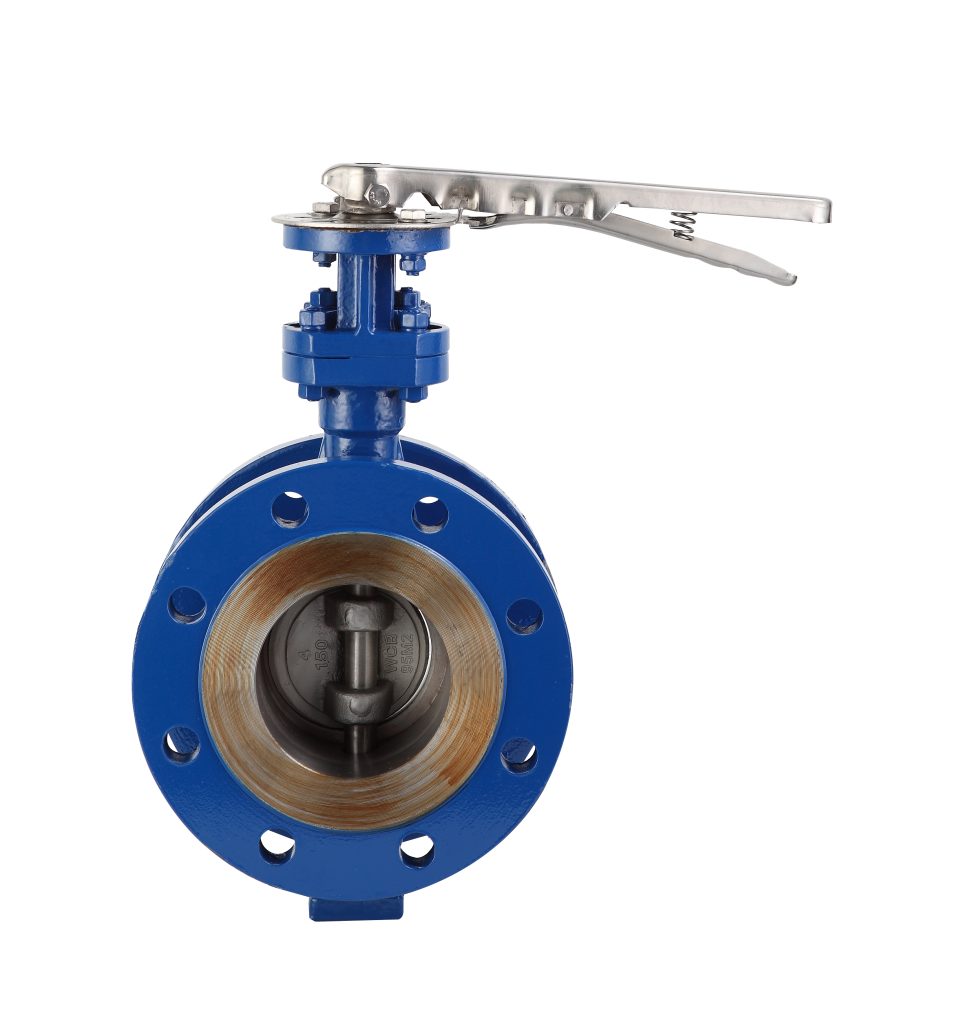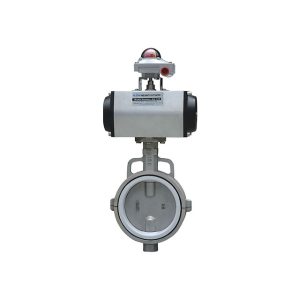Table of Contents
ToggleGate valves and butterfly valves serve a similar purpose of allowing or blocking media flow. However, there are some key distinctions between them that must be taken into account when selecting which valve best fits your application.
The primary distinction between gate valves and butterfly valves is that a gate valve’s body features a straight-through design to prevent media accumulation. Furthermore, it can withstand higher pressures than its counterpart.


Performance
The primary distinction between butterfly valves and other types is how they open and close. A butterfly valve utilizes a fixed disc that revolves around its stem to open and close it, while other designs use springs that rotate inside of it for automatic operation.
Butterfly valves offer two advantages over gate valves: they’re easy to operate and provide faster opening and closing action – one of the reasons they’re so popular in industrial settings.
One notable distinction is that gate valves are ineffective for high-pressure applications due to their slow open and close mechanisms. This makes them unsuited for emergency shutoffs in pipelines.
Cost
Gate valves are a reliable option for applications requiring tight sealing. Their lack of frequent switching makes them ideal for water delivery systems.
Butterfly valves can withstand higher pressures than their butterfly valve counterparts, particularly in large pipe systems that require continuous bidirectional liquid and gas flows as well as time-based unidirectional media discharges.
However, they are not ideal for pipelines that require emergency shutoffs as they take longer to open and close. Furthermore, water hammers can occur if the valve remains partially or immediately open, eroding both its seat and gate.
Butterfly valves offer more cost-effectiveness in most sizes and materials compared to gate valves, plus they’re lighter, which makes them suitable for applications involving larger pipe diameters.
Durability
Gate valves are linear-motion isolation valves that can either stop or allow water to pass. It should only be used fully open or closed, as a partial opening could result in damage.
They can also be gradually opened to regulate flow or throttle it down. Doing so helps reduce pressure loss in piping systems.
In general, gate valves tend to be more durable than butterfly valves due to their design, which prevents excessive wear and tear.
However, semi-open valves do experience more wear and tear when operating in this mode. When partially open, fluid will crash into it and cause turbulence – leading to greater strain on both disc and seat components.
Flow Control
Gate valves and butterfly valves are two of the most widely-used industrial valves for controlling liquid flow. Each type and size has been designed with specific needs in mind, so it’s essential that you select the right one for your application.
Gate valves feature a straight body, allowing unrestricted flow when fully open while minimizing pressure loss. This minimizes water hammering, but it may not be suitable for pipelines requiring emergency shutoffs due to their slow opening and closing cycles.
Gate valves are commonly employed in large piping systems that require continuous bidirectional liquid and gas flows as well as time-based media discharges. Furthermore, they have the capacity to withstand higher pressures along the pipe than butterfly valves can handle.
Installation
Selecting the ideal valve for your process system is essential. There is a multitude of available types, each with its own distinct structural layouts, applications, and operating principles. It’s essential that you select the correct type of valve for your requirements.
Gate valves are the most widely used type of valve in water delivery systems. They feature two distinct flow control settings and must only be operated fully open or completely closed; partial opening may cause damage.
Butterfly valves are an adaptation of gate valves, available in various shapes and sizes. Their fixed disc mechanism revolves around the stem to open and close the valve, similar to how gate valves do.
Xintai Valve is one of the leading global manufacturers of valve products. Their portfolio encompasses six categories and thousands of varieties, such as globe, ball, check, butterfly, air/oxygen control valves, and more. Furthermore, they design and manufacture high-quality casting ball and gate globe check wedge valves for various applications.










